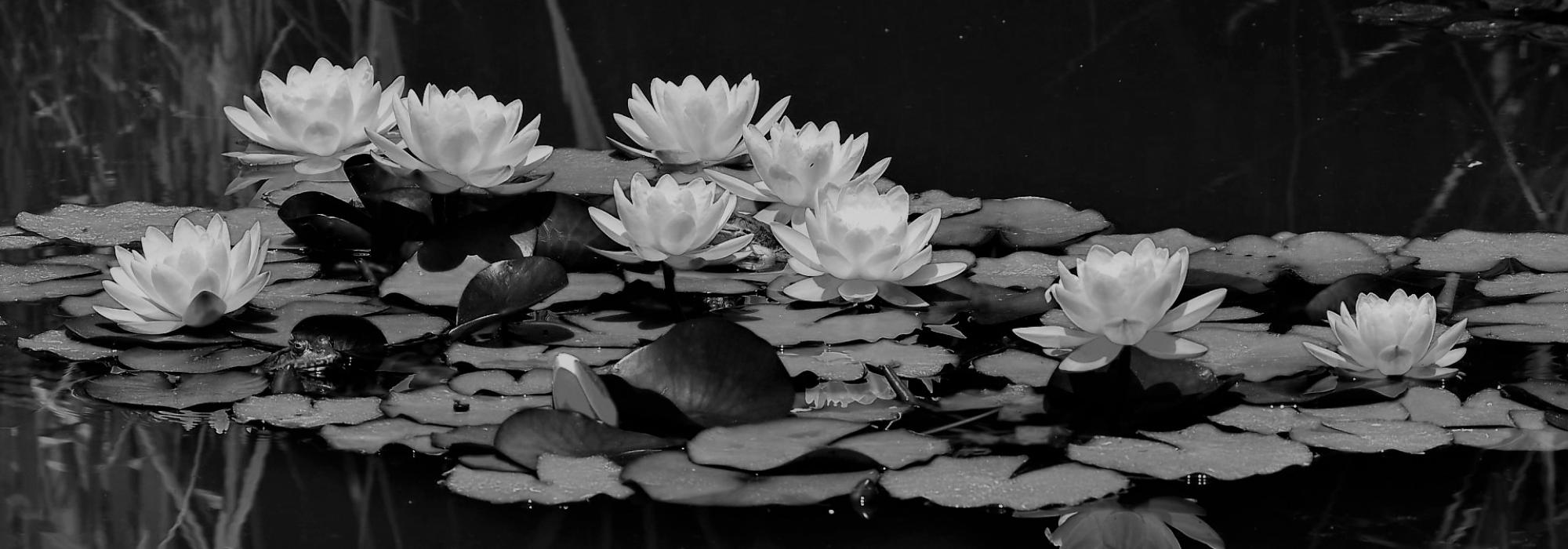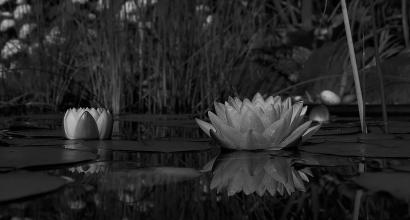In 1902 my sister got widowed. Then she was about 10 years old. This matter somehow reached Sri Venkatakrishnaiah and he wrote to me and conveyed his condolences.
“Please bring that child to my place. I will take care of her at my house; I will arrange for her education. She should not be discouraged. She should be in a lively environment. You get her here in person”. But my parents were traditionalists. They adhered to old customs. Sri Venkatakrishnaiah’s suggestion was not accepted, but this shows the magnanimity of Sri Venkatakrishnaiah.
Recognizing the need of people
In 1908, ‘Mysore Newspaper Regulation Act’ came into being. As a mark of protest, except for two to three newspapers, others downed the shutters. The government was not under loss by this decision. That was Sri V. P. Madhavarao’s time. Some outsiders, with the help and encouragement of higher officials ventured into operations in Bangalore. ‘Mysore Mail’ was one of the English papers. It was run by Mr. Sankunni Menon a big shot from Kerala. One early evening by four, Venkatakrishnaiah came to my house and said: “Let us go and see him”. I said, “He is on the opposite side; how will he be of use to us?”. For this Venkatakrishnaiah told, “Let him take his route, we will pursue ours. Since we conduct ourselves respectfully, there is no issue. People in public service should not stretch enmity. His help may be needed in some other matter.”
That day while we were traveling to the ‘Mysore Mail’ office in a horse-cart; I asked, “There is a necessity of an organization which will invest in the work of the nation. There should be tens of people working in that organization.”. Venkatakrishnaiah told, “You are right. Before this effort let us get rid of the current problem. Later we will think about an organization.”
For Venkatakrishnaiah writing for the press was like bread and butter. If he did not write at least one or two articles he could not consume food, nor could he sleep. After he stopped his daily paper, he ventured into weekly editions of ‘Mysore Patriot’, ‘Sādhvi’ and also the daily ‘Sampadabhyudaya’. To write about the history of these papers there are people more competent than me. I remember a story of the times of ‘Vṛttānta-cintāmaṇi’.
Ateen Raja
Sri Venkatakrishnaiah would relax in solitude in a hall in front of Padmalaya around nine in the night once his daily activities were completed. No one used to visit him then. He used to meditate and reflect on his thoughts peacefully alone. One such night some visitor knocked on the front door. Venkatakrishnaiah raised his voice “Who is that?”
“It is me, Ateen Raja.”
Venkatakrishnaiah went and opened the door and saw the then Police Superintendent. His name was probably K. Srinivasa Rao. He spoke in Tamil mixed Kannada. This was the accent of the Kannada people from Coimbatore-Kumbakonam. “Sir, I read Woes of widower from your paper”. “It was very well written; what to do Sir? People call me Ateen Raja. God has made me like that.”
Both the speaker and listener were laughing. He was a man of taste. He was rich, bold, and was holding a prestigious position in government. He was not corrupt; He did not expect money from others. But a man of taste.
Strain in relation
Kumarabhavana was the house in front of Padmalaya. It was the residence of Diwan K Seshadri Iyer. Foreign nationals used to visit Seshadri Iyer often. When Seshadri Iyer used to converse with the guests, they would ask, “What are the places one should visit in this city?”. Seshadri Iyer would say “You should visit. The person in front of my house. He has read all works of philosopher Herbert Spencer. He is the authority for Spencer’s work. He is honest and rational.”-- in appreciation of Venkatakrishnaiah.
In 1898, post the demise of the Maharaja Chamaraja Wodeyar; the question of how to govern and who should rule the state arose. There was a rumor in public that Seshadri Iyer aspired to be the regent administrator and he was discussing that possibility with the government of India. This should not happen, [Maharani Kempa Nanjammani] Vani Vilasa Sannidhana should be appointed to govern and Dewan should be serving her, was another opinion which was floating around. The second opinion was from Sri Venkatakrishnaiah. This way the relationship between Seshadri Iyer and Venkatakrishnaiah started going sour.
Venkatakrishnaiah was a favorite student of Dewan Rangacharlu. Venkatakrishnaiah had thoroughly read all the British philosophical and political literature which Dewan Rangacharlu had mastered. Rangacharlu’s honesty, character, political vision. farsightedness had an overwhelming influence on Venkatakrishnaiah. Venkatakrishnaiah was a member of the fourth or fifth session of Mysore Praja Pratinidhi Sabha (People’s representative council) which was established by Rangacharlu. That membership was retained with devotion throughout his lifetime. Seshadri Iyer did not have great regards for the council. He opined that it hindered the working of the government, which otherwise could be carried out swiftly and comfortably. Result-oriented state officials considered that if the state is the chariot, the council was like an axle-beam of the chariot prodding it forward. Like this, it became inevitable for Venkatakrishnaiah and Seshadri Iyer to oppose each other.
Seshadri Iyer’s shortcomings in governance were mentioned without inhibition by Venkatakrishnaiah in his news articles. This became unbearable to Seshadri Iyer.
In Praja Pratinidhi Sabha
Once some of the members of Praja Pratinidhi Sabha, headed by Venkatakrishnaiah raised a petition to the government. Sabha meets once in twelve months. This frequency is not enough for public-oriented inquiries and further high-level investigations. The government should nominate a standing committee and provide the powers to it for reviewing the works of governance from the viewpoint of the Sabha in between sessions. This was the petition’s crux. The government did not honor this. Among the people who put forward the proposal were European planter Crawford and others. Reminder letters were sent for this petition to the government. The government ignored those as well. Then petitioners called for the members' meeting and nominated a standing committee. Letters were written that this committee should be recognized and honored. No response came from the government. Then this matter was raised by the members in the subsequent Praja Pratinidhi Sabha session. The chairperson Seshadri Iyer got angry and heated discussions ensued. Venkatakrishnaiah enquired:
V: “What about the committee.”
S: “That Committee is burnt.”
V: “Many members of it do not burn their bodies.”
S: “Then it is buried.”
V: “Its ghost will be raised.”
Thus, went the uproar.
This is the second part of the translation of the fifth essay in D V Gundappa’s magnum-opus Jnapakachitrashaale (Volume 6) – Halavu Sarvajanikaru. Edited by Raghavendra G S.











































